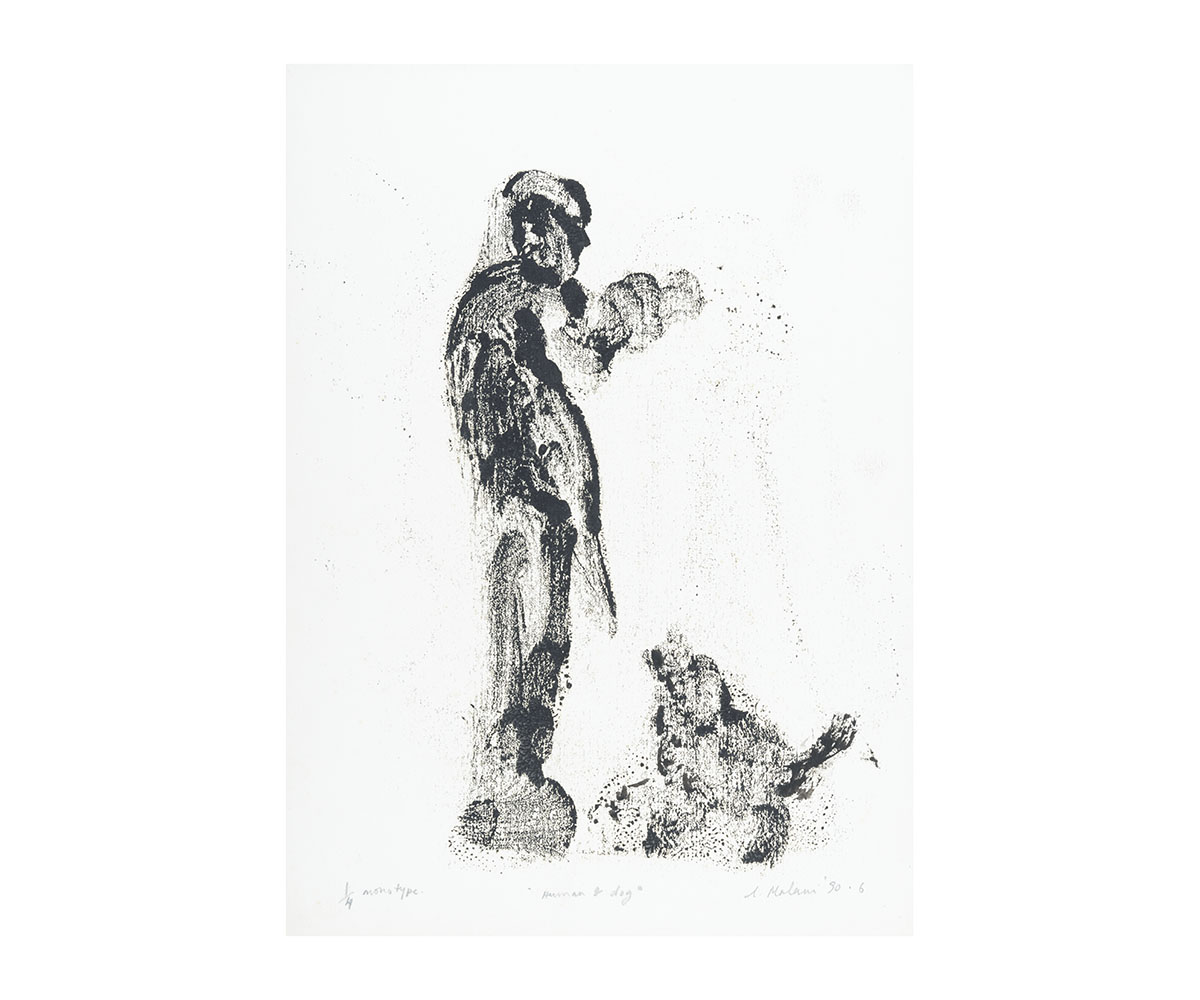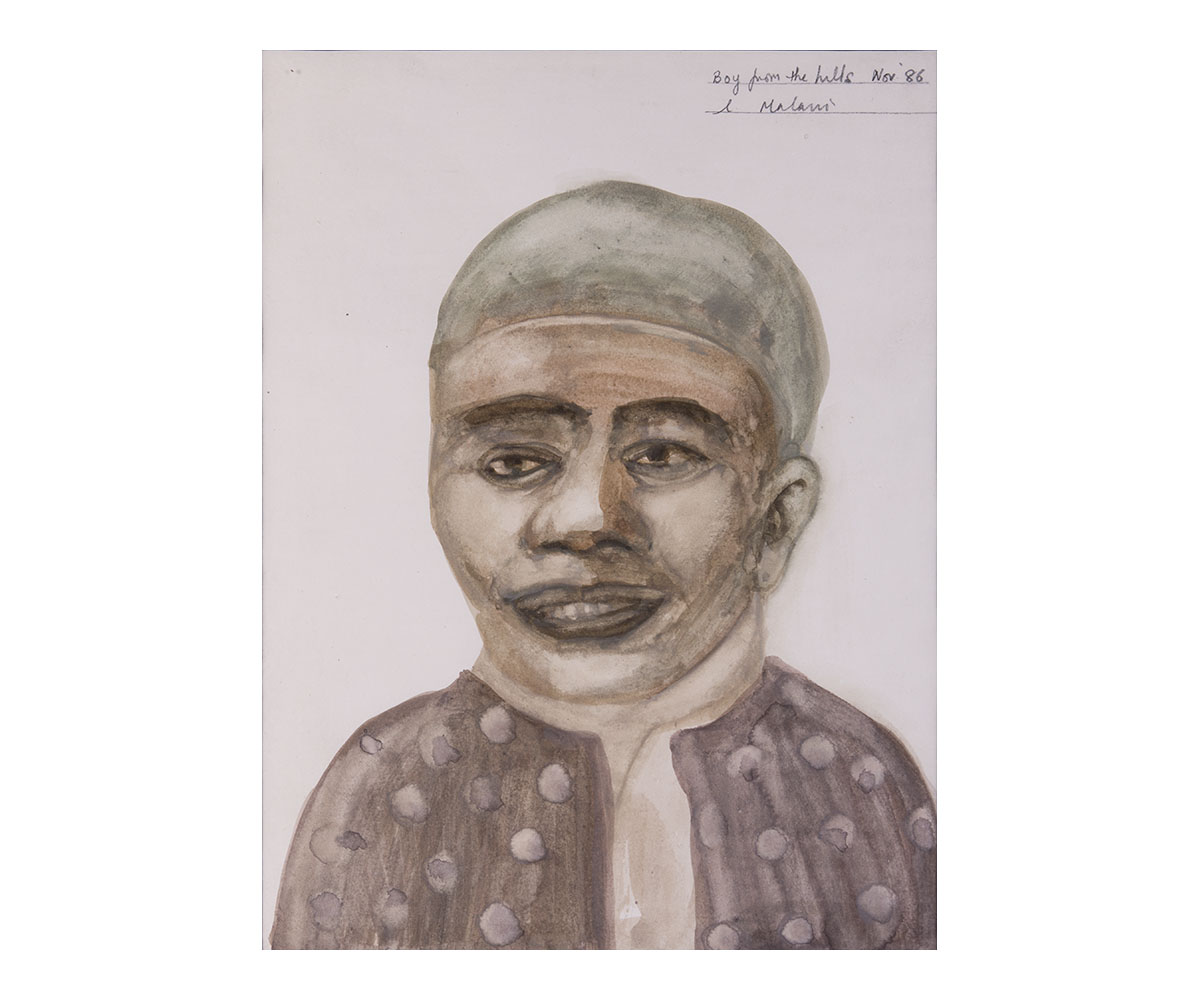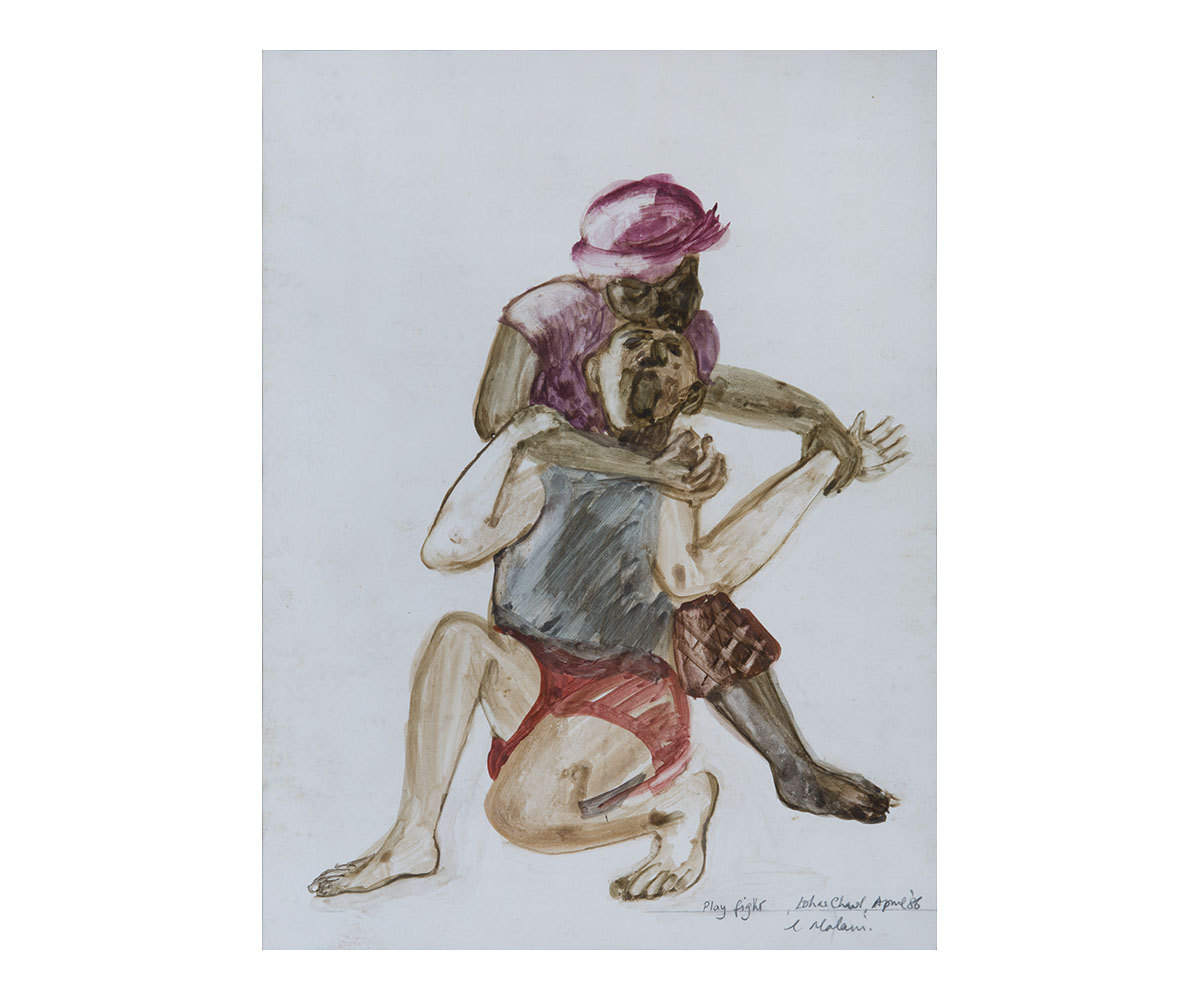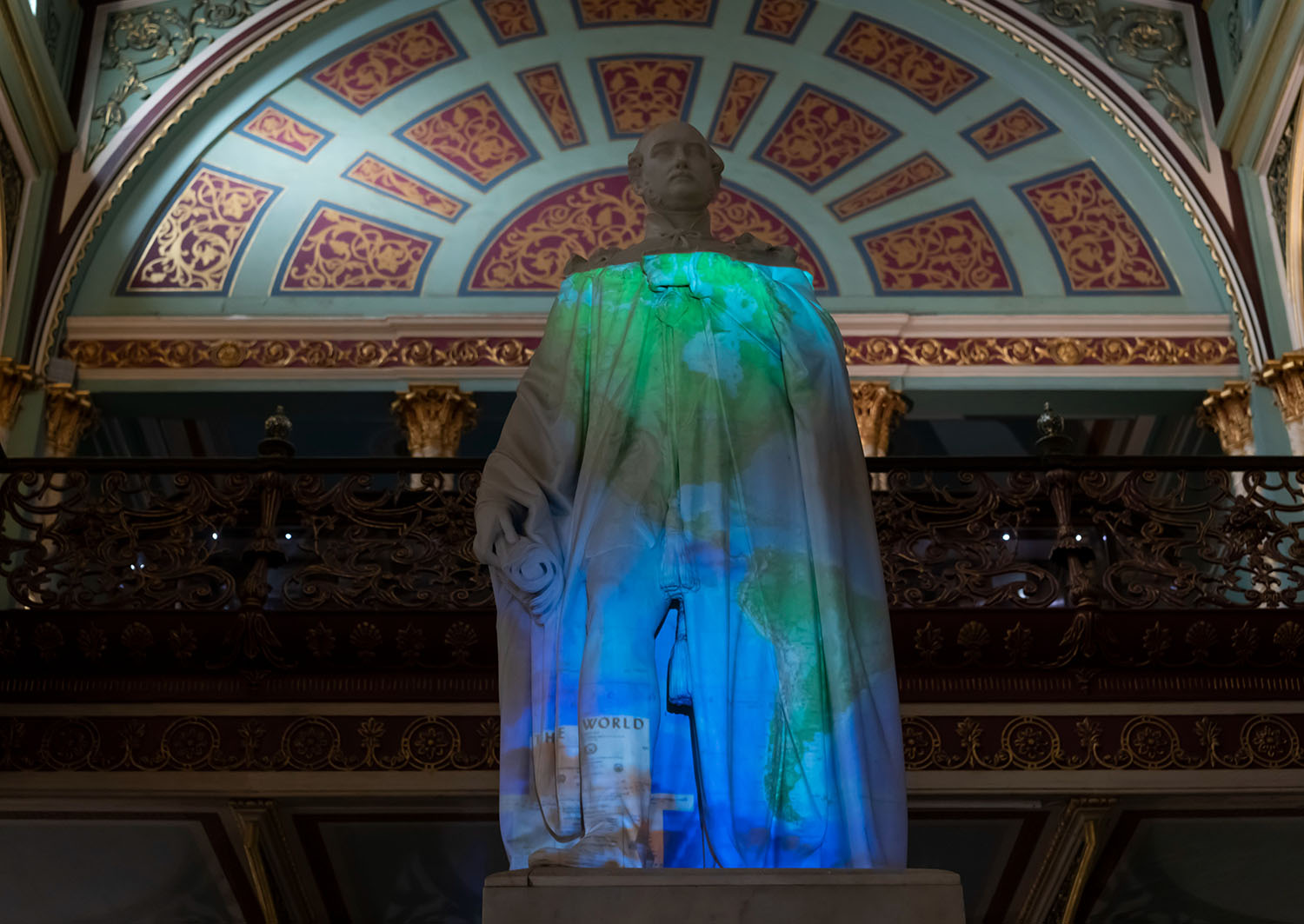ARTICLE
Nalini Malani
In the 1990s, Malani transitioned into digital media while also incorporating a wider web of political issues into her work, often placing violence against women as her central concern. An example of this is the 1998 video installation Remembering Toba Tek Singh (inspired by a short story by Saadat Hassan Manto), which was a reflection on how the scale of historical events factors into prescribing ideas of madness and monstrosity. Malani has also highlighted the link between religious conflict and violence against women in independent India, most notably through her 2012 installation, In Search of Vanished Blood. The work was exhibited at Documenta 13 and featured images of Hindu goddesses projected and distorted through suspended transparent cylinders.
Over the course of her career, Malani has had several prominent exhibitions in India and internationally, including Through the Looking Glass (1987), now known as the Four Women Artists exhibition, at Bharat Bhavan, Bhopal, and Jehangir Art Gallery, Mumbai; City of Desires (1992) at Chemould Prescott Road, Mumbai; Cassandra (2009) at Galerie Lelong, Paris; and In Search of Vanished Blood (2013) at Galerie Lelong, New York. She has also participated in biennials and festivals such as the 16th World Wide Video Festival, Amsterdam, 1998; the 51st Venice Biennale, 2005; the 7th Sharjah Biennale, 2005; Documenta 13, Kassel, 2012, and the Kochi-Muziris Biennale, 2012. She also been the recipient of numerous honours, including being the first Asian woman to receive the Fukuoka Arts and Culture Prize in 2013, the Joan Miro Prize in 2019 and the Kyoto Prize in 2023.
At the time of writing, Malani lives and works in Mumbai.
Bibliography
Our website is currently undergoing maintenance and re-design, due to which we have had to take down some of our bibliographies. While these will be re-published shortly, you can request references for specific articles by writing to hellomapacademy@map-india.org.










![The façade of the Maneckji Seth Agiary, a Zoroastrian fire temple, is a standout example of the popularity of the Persian Revival Style in Western India in the 19th and 20th centuries. This style was often seen in the architectural patronage of the Parsis, who emerged as one of the most influential mercantile communities of British India. Popular motifs of this style, like the mythical lamasus (winged bulls with human heads) and the faravahar (a winged guardian spirit in Zoroastrianism), drew on the historical art and architecture of the Achaemenid and Sasanian empires from sites like Persepolis, Bisotun, Taq-e Bostan, Naqsh-e Rostam and Naqsh-e Rajab in Persia.
The Parsi community’s adoption of this style occurred largely due to their networks of global commerce and politics, allowing them to access and translate research of ancient Persia into visible symbols that underlined their association with antiquity, imperial power, and art.
نمای آتشکدهی زرتشتی مانِکجی سِت نمونهی بارزی از رواج سبک «احیای [معماری] ایرانی» در غرب هند طی سدههای نوزدهم و بیستم است. این سبک غالباً در بناهایی دیده میشد که پارسیان، از بانفوذترین جوامع بازرگان در هند بریتانیا، بانیشان بودند. نقشمایههای محبوب این سبک، مانند گاو بالدار اساطیری (لاماسو) و فَروَهَر (روح بالدار نگهبان در دین زرتشت)، برگرفته از هنر و معماری شاهنشاهی هخامنشی و ساسانی، در جاهایی چون تخت جمشید و بیستون و طاق بستان و نقش رستم و نقش رجب، بود.
اقتباس جامعهی پارسیان از این سبک بسیار مرهون روابط گستردهی تجاری و سیاسی آنها بود که دسترس به پژوهشها دربارهی ایران باستان و برگردانیدن آنها به نمادهای بصری را ممکن میکرد و بر پیوند پارسیان با دوران باستان و قدرت شاهنشاهی و هنر تأکید میکرد.](https://mapacademy.io/wp-content/plugins/instagram-feed/img/placeholder.png)
